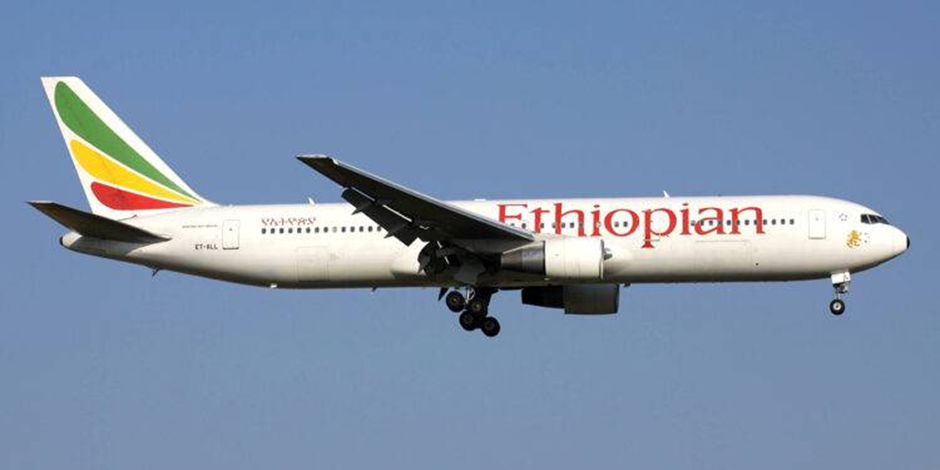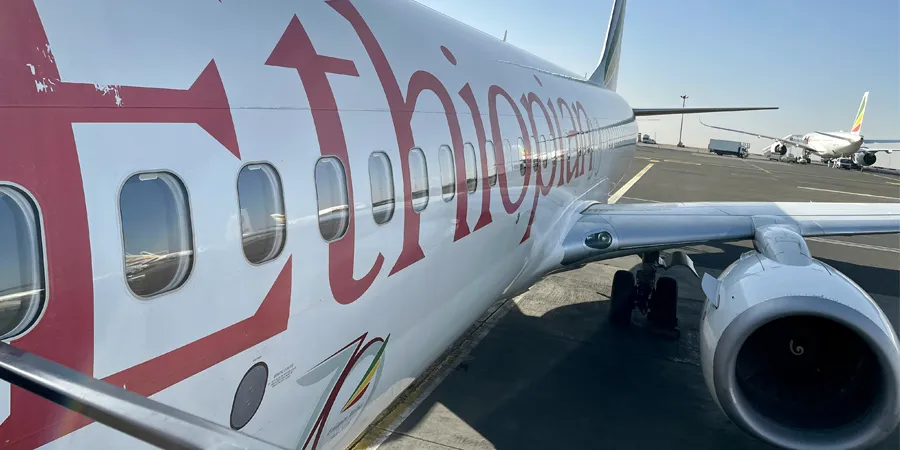
Introduction
Ethiopia stands out as a vital player in Africa’s aviation sector, largely due to the success of Ethiopian Airlines and the strategic importance of Addis Ababa Bole International Airport as a regional hub. However, sustaining this leadership position depends heavily on the strength of the nation’s civil aviation regulatory framework. Since 2020, Ethiopia has undertaken significant reforms to align its aviation oversight with international standards, particularly those outlined by the International Civil Aviation Organization (ICAO). These reforms, led by the Ethiopian Civil Aviation Authority (ECAA), reflect the country’s efforts to enhance safety, boost regulatory efficiency, and respond to emerging challenges in global aviation.
Background and Institutional Structure
- The Ethiopian Civil Aviation Authority (ECAA), mandated by the Civil Aviation Proclamation, serves as the country’s primary aviation regulator. It is responsible for certifying operators, licensing personnel, regulating airworthiness, and enforcing safety compliance. While Ethiopia has long maintained a relatively strong aviation system—thanks in part to the operational excellence of Ethiopian Airlines—recent years have revealed gaps in oversight, especially in relation to the growing complexity of aviation operations and international expectations.
- After ICAO’s Universal Safety Oversight Audit Programme (USOAP) identified several deficiencies in areas such as air navigation services, safety reporting, and regulatory documentation, the ECAA launched a set of reforms targeting structural weaknesses in Ethiopia’s oversight system.
Post-2020 Regulatory Reforms

- Since 2020, Ethiopia has implemented a series of measures aimed at enhancing compliance with ICAO Standards and Recommended Practices (SARPs). These include the revision of the Civil Aviation Proclamation to clarify regulatory responsibilities, the adoption of a more risk-based oversight model, and the digitization of safety reporting mechanisms.
- A major component of the reform process has been the development and implementation of a State Safety Programme (SSP). This framework enables the ECAA to collect, analyze, and act on safety data across the aviation ecosystem, from operators and maintenance facilities to air traffic control services. The SSP is supported by updated regulations on Safety Management Systems (SMS), which are now mandatory for all certified operators and service providers.
- Additionally, the ECAA has strengthened its inspectorate by recruiting new technical staff and upgrading training for its inspectors through partnerships with ICAO and other regional organizations.
Modernization of Air Navigation and Surveillance
- Air navigation and surveillance capacity have also been central to Ethiopia’s aviation safety reforms. The country has begun transitioning from conventional radar-based systems to more modern satellite-based technologies such as Automatic Dependent Surveillance–Broadcast (ADS-B). This transition improves situational awareness and enhances air traffic control capabilities in both busy and remote areas of Ethiopian airspace.
- Furthermore, the establishment of a national Air Traffic Flow Management (ATFM) system has contributed to more efficient coordination of flight movements and reduced the risk of mid-air conflicts. These improvements have a direct impact on safety, especially as the number of flights through Addis Ababa’s airspace continues to grow.
Training and Capacity Building
- Recognizing the critical role of human resources in maintaining aviation safety, Ethiopia has focused on improving training programs for both regulatory personnel and aviation professionals. The ECAA has partnered with the Ethiopian Aviation Academy to align training standards with ICAO’s competency-based approach.
- Efforts have also been made to enhance the skills of air traffic controllers, aircraft maintenance engineers, and safety auditors. In 2023, Ethiopia introduced a national recurrent training program for licensed aviation personnel, ensuring that knowledge and practices remain current with evolving safety standards.
- In addition to technical training, the ECAA has begun promoting a stronger safety culture through public awareness campaigns, incident review seminars, and stakeholder engagement forums.
Challenges in Implementation
- Despite commendable progress, Ethiopia’s reform process has faced several challenges. Funding limitations have delayed the acquisition of modern surveillance equipment and slowed the expansion of inspector training programs. Additionally, political instability in parts of the country has occasionally disrupted aviation operations and hindered infrastructure development.
- Another concern lies in the uneven distribution of safety infrastructure. While Addis Ababa Bole International Airport is equipped with advanced systems and procedures, many domestic airports still lack essential safety features such as runway lighting, perimeter fencing, and reliable communication systems.
- There are also bureaucratic delays in the implementation of new regulations, largely due to overlapping responsibilities between agencies and limited digital infrastructure to support regulatory enforcement.
Regional and International Cooperation
- To supplement its domestic reforms, Ethiopia has actively engaged in regional cooperation through the East African Community’s Civil Aviation Safety and Security Oversight Agency (CASSOA) and the African Civil Aviation Commission (AFCAC). These partnerships facilitate harmonization of safety regulations, shared technical training, and collective incident investigations.
- Ethiopia also benefits from ICAO’s No Country Left Behind (NCLB) initiative and bilateral technical assistance from countries such as France and South Korea, which have supported improvements in air navigation services and regulatory training.
Conclusion
Ethiopia’s civil aviation reforms since 2020 mark a significant step forward in aligning its regulatory framework with international best practices. By strengthening the Ethiopian Civil Aviation Authority, introducing new safety oversight mechanisms, modernizing navigation infrastructure, and investing in human capital, the country is laying the groundwork for safer and more reliable aviation operations.
Nevertheless, sustained progress will depend on continued investment, stronger inter-agency coordination, and the expansion of safety infrastructure to secondary airports. As Ethiopia seeks to retain its position as a continental aviation leader, its ability to maintain a robust, modern, and responsive regulatory framework will be crucial in safeguarding the future of air travel across the Horn of Africa.


